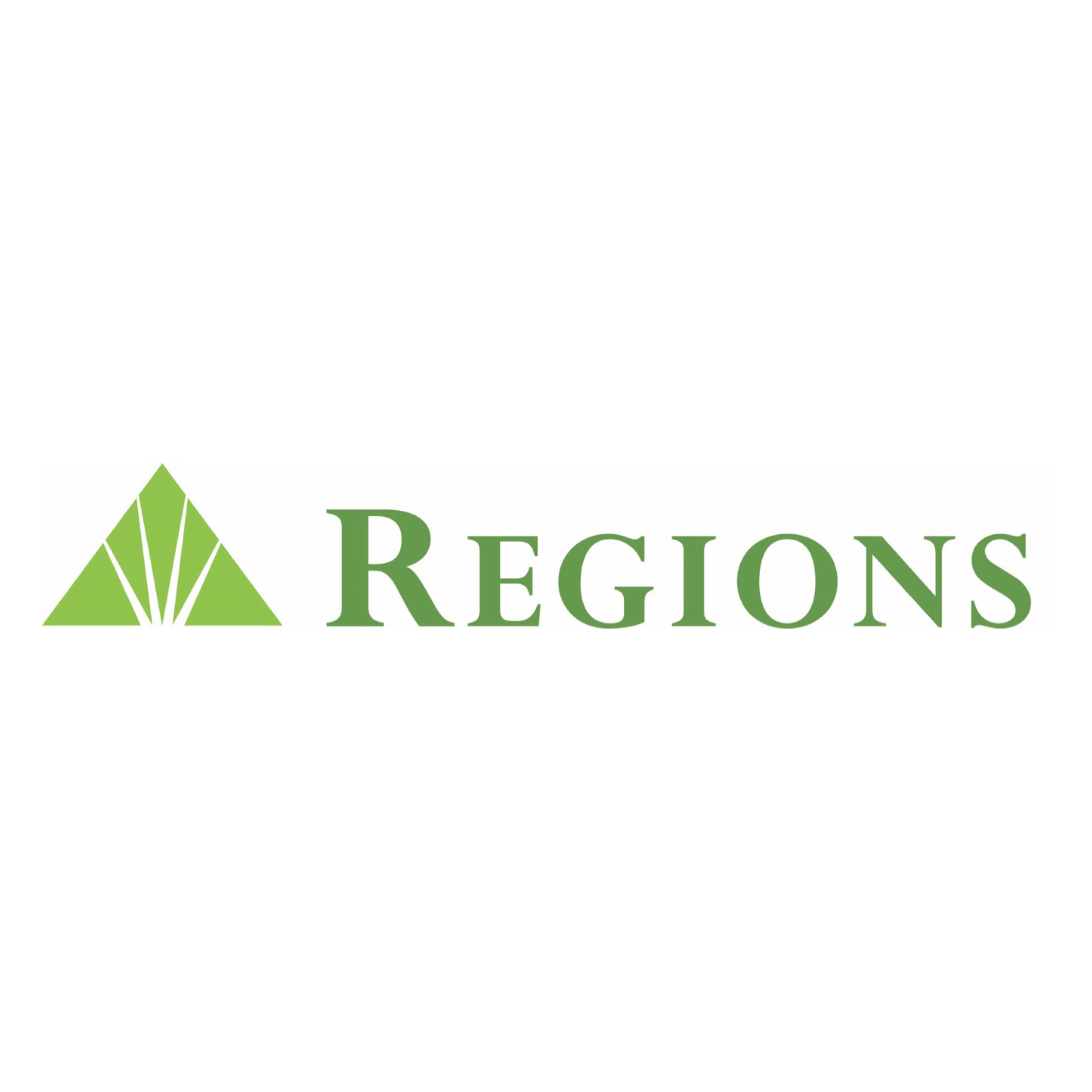Regions Bank Expanding Sustainable Finance Opportunities
Teams are working to consolidate environmentally and socially focused lending efforts to offer more and better solutions to clients.

By Candace Higginbotham
Environmental, Social and Governance (ESG) issues have emerged in recent years and have become more and more important to companies, governments, investors, customers and communities. These stakeholders are challenging companies to not only make a profit, but also make a positive impact in our communities.
As part of this trend, banks and other businesses are focusing more on sustainable business practices. For banks, this includes sustainable finance – which refers to the inclusion of ESG criteria in business and investment decisions.
Regions is exploring more opportunities to provide additional sustainable offerings and consultation to our customers to cultivate new business opportunities. It’s also important to measure and share the impacts we’re making with those efforts. Cross-functional teams are working together to create these opportunities and provide channels to report progress in this important area.
Why Sustainable Finance is Important
ESG is a critical component of Regions’ strategic plan. It’s key to Regions’ future growth. Executing a sustainable finance plan aligns with that business strategy.
Another important consideration is the regulatory climate. The current administration has put greater emphasis on climate change, and regulatory agencies, such as the Securities and Exchange Commission, are reviewing corporate climate-related financial disclosures and sending signals that they will be requiring new ones.
But most importantly, focusing on ESG initiatives is the right thing to do and reflects Regions’ culture of shared value. Providing customers with sustainable finance opportunities is a win-win.
Potential sustainable finance opportunities include lending, corporate investments, assets under management, and capital markets advisory activities. These opportunities are not new for businesses within Regions but aggregating them under the “sustainable finance” umbrella will help to assess and report our efforts and create more solutions.
Current Sustainable Finance Activities
In 2021 Regions assembled the ESG Leadership Council, which is a cross-functional committee that governs ESG activities and decision-making in the company, reporting to the Executive Leadership Team.
A group of council members, including Alan McKnight, Chief Investment Officer; Anna Brackin, head of Corporate Banking Group Strategy and Administration; Bill Simpson, head of Consumer Risk Services and Leroy Abrahams, head of Community Affairs, have been actively involved in informing how Regions captures current market activity as “sustainable finance.”
Many clients are already requesting sustainable solutions, and our bankers have been responding to these needs for quite some time. Now it’s just a matter of categorizing those efforts already underway.
The team of council members, which includes representatives from key business areas, are reviewing current activities that qualify as sustainable finance and have identified deals and clients to help refine an enterprise-wide definition.
That group is also working closely with the sustainable finance workstream within the Environmental and Social Risk Management program. The workstream is focused on evaluating our definition of sustainable finance activities as an enterprise to help measure impact.
“Many impactful activities and offerings have developed organically in response to market demand and other drivers across all of Regions’ lines of business, but until now, we have not had an efficient way to aggregate all of those efforts under the umbrella of sustainable finance,” said Simpson. “The current initiative will help Regions tell the story of those efforts as well as new ones that are coming through the pipeline.”
Sustainable Finance Opportunities
Financing opportunities exist in both the ‘E’ and the ‘S’ categories of ESG. Environmental activities could include industries that focus on renewable energy, transportation, water quality and conservation, recycling and waste management. Other examples could include electric vehicles, energy efficient enhancements, environmental clean-up and investments sustaining bio-diversity.
“Regions’ Energy and Natural Resources specialty group has had great success in serving our customers’ needs in solar and renewable energy,” said Brackin. “When we group these deals together enterprise-wide in the context of ESG, we can accurately assess how we’re serving customers and identify additional opportunities while having a positive impact on the environment. Specifically, Regions offers construction financing, project financing, merger and acquisition advisory, and capital markets services for the benefit of power and renewables companies.”
Lending activities that focus on the ‘Social’ component of ESG are also well underway at Regions, with a solid history in the areas of community development, minority-owned small business and affordable housing, among others. Additionally, the Regions Community Development Corporation, a wholly owned subsidiary of Regions Bank, supports underserved communities with limited access to traditional sources of capital by providing debt and equity financing for projects and entities with a community development purpose.
“The RCDC is just one way that Regions currently provides financing opportunities to a broad customer base in our communities,” Abrahams said. “And RCDC’s support of Community Development Financial Institutions and Minority Depository Institutions help those organizations serve their unique roles in promoting economic viability of communities by providing additional access to essential financial products and services.”
It’s important to remember that ESG concepts can change rapidly, so it will be crucial for Regions to remain nimble and adapt as necessary. This means that our definition of sustainable finance could expand in the future, and certainly that our business activities and offerings will continue to respond to the needs of our customers and the communities we serve.
Next Steps
In the coming months, teams will continue to work together across the bank to identify new sustainable finance opportunities as they arise and improve our current processes for aggregating information on the activities already underway for measurement purposes.
“We also want to make sure that we are sharing our sustainable finance success stories with our shareholders, customers, associates and people within our communities, so all our stakeholders will be aware of the significant, positive impacts that Regions Bank is making in the communities we serve,” said Chief Governance Officer Andrew Nix, whose Governance & Securities team leads Regions Bank’s ESG efforts. Nix also serves as co-chair of the ESG Leadership Council.
Highlights about Regions’ sustainable finance activity will be shared in the next Task Force on Climate-Related Financial Disclosures, or TCFD, report and ESG report later this year.
“We look forward to 2022 being an exciting year for sustainable finance and all areas of ESG, and consider Regions Bank well-positioned to be a leader in this vital area,” said Nix.

